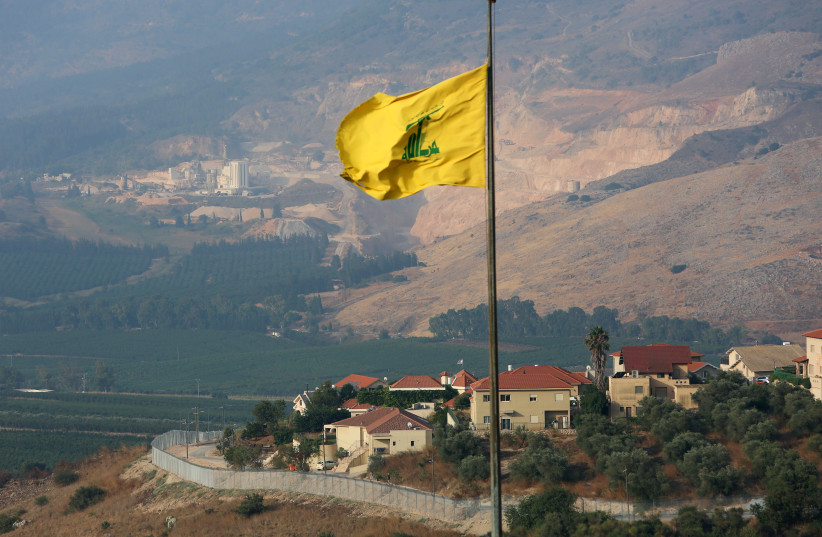Will Hezbollah exploit Israel’s ceasefire talks with Hamas?
Talk of a hostage deal continues to bring optimistic hope to Israel, hope that things may be progressing in the right direction. But for Iran’s proxies – like Hezbollah – questions remain about what their goals are and how they may be shifting as optimism leaks through.
Hezbollah continues to suffer losses in its confrontation with Israel, having not achieved much in its constant rocket fire and use of anti-tank missiles and drones; the terrorist group has seen diminishing returns.
The diminished returns look like this: Hezbollah achieved success in the beginning by getting the border evacuated from its residents. This unprecedented decision left a security zone inside Israel, essentially letting the Lebanese-based terrorist group close off northern Israel to civilians.
Hezbollah has fired thousands of rockets, damaged 500 buildings, and continues to wreak havoc – but it hasn’t achieved much more over time.
What it has achieved is that it is now firing more rockets than Hamas. However, it appears that Hezbollah has let the genocidal perpetrators of the October 7 massacre down by not committing to a larger attack.

Now, Hezbollah must ask itself whether it will abide by a looming ceasefire. Israel also has to ask itself if the continued aggression by the terrorist group will stand or whether there will be escalation. These two variables are important, for Iran’s proxies have linked themselves to Hamas.
Escalation on multiple fronts
After October 7, Iran operationalized the Houthis in Yemen to antagonize Israel by attacking cargo shipping containers, and Hezbollah began its attacks the next day on October 8. In addition, Iranian-backed proxies in Iraq and Syria have attacked US forces around 200 times since October, killing three American soldiers in Jordan in late January.
What is the balance in this Iranian trigger-pulling? Hezbollah wanted to draw a new equation in the North, and the equation is one in which it has impunity to attack, and Israel responds in proportion. It has said that Israelis will not return home until the war in Gaza ends.
As such, the Houthis, Hezbollah, and the whole region in a sense – some 5,000 miles of frontline on seven fronts – are all harnessed to Hamas, the mule that is now being forced to carry all this along. As long as the war in Gaza continues, all these proxies of Iran are entwined in this conflict.
So far, Iran appears to be concerned about emerging from this war with a win. If all Tehran has accomplished so far is to show that it can get its proxies to carry out many attacks but not change any of the arenas it fought in, then it is unclear what exactly the Islamic Republic has achieved.
One thing it did achieve was to show that it had the impunity to carry out attacks across a long frontline. As the ceasefire talks progress, Iran may seek to change the “equation” again – or it may breathe a sigh of relief that it got through this round relatively unscathed.





Comments are closed.